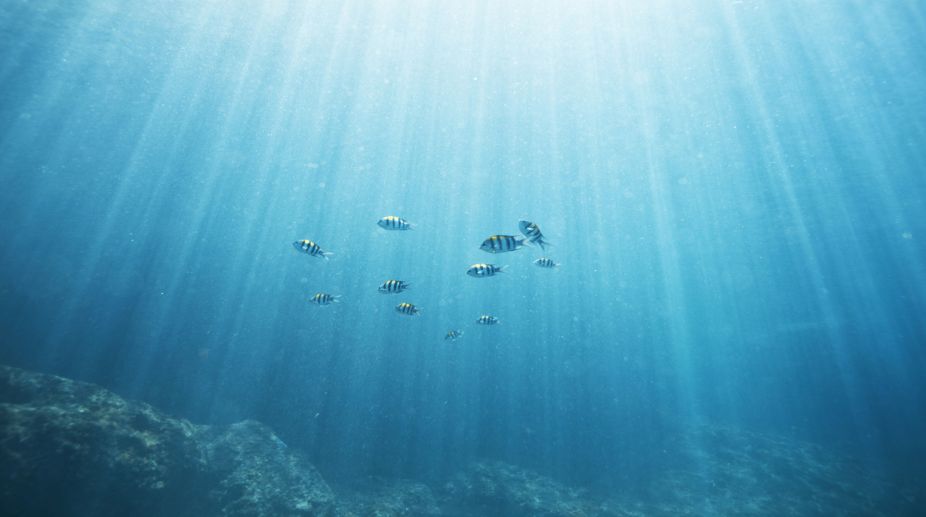‘Diwali’ a nightmare for animals and birds
Diwali or Deepavali being India’s biggest Festival of Lights has now become one of the most discomforting festivals for animals.

(Photo: Getty)
Three quarters of the animals living up to 4,000 metres deep in the ocean can emit their own light, according to a new study which unveils the astounding number and diversity of glowing marine creatures.
Researchers from Monterey Bay Aquarium Research Institute (MBARI) in the US compiled data on every animal larger than one centimetre that appeared in video from 240 dives by MBARI's remotely operated vehicles (ROVs) in and around Monterey Canyon.
They counted over 350,000 individual animals, each of which had been identified by MBARI video technicians using a vast database known as the Video Annotation and Reference System (VARS).
Advertisement
The VARS database contains over five million observations of deep-sea animals.
Researchers then compared the list of animals seen during the 240 ROV dives with a list of animals and animal groups that were known to be bioluminescent.
Bioluminescence is the production and emission of light by a living organism.
They divided the observed animals into five categories – definitely bioluminescent, highly likely to be bioluminescent, very unlikely to be bioluminescent, definitely not bioluminescent and undefined.
Since scientists know so little about deep-sea animals, 20 to 40 per cent of the animals seen below 2,000 metres were classed as “Undefined.”
Researchers found that the proportion of glowing to non- glowing animals was pretty similar from the surface all the way down to 4,000 metres.
Even though the proportion of glowing to non-glowing animals was similar at all depths, researchers found that different groups of animals were responsible for the light produced at different depths, researchers said.
For example, from the sea surface down to 1,500 metres, most of the glowing animals were jellyfish (medusae) or comb jellies (ctenophores).
From 1,500 metres to 2,250 metres down, worms were the most abundant glowing animals. Below that, small tadpole-like animals known as larvaceans accounted for about half of the glowing animals observed.
Analysis of the data also showed that some groups of animals were much more likely to glow than others.
“I am not sure people realise how common bioluminescence is. It is not just a few deep-sea fishes, like the angler fish. It is jellies, worms, squids – all sort of things,” said Severine Martini of MBARI.
The study was published in the journal Scientific Reports.
Advertisement